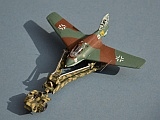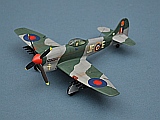May 2015
Messerschmitt Me-
Hawker Tempest
![]() Selected WW2 70th Anniversaries this month:
Selected WW2 70th Anniversaries this month:
Between 2009 and 2015, I have set myself a general modelling theme based on selected 70th Anniversaries from WW2.
The War in Europe is over, but as the celebrations die down, the true horror of the Nazi’s 5 year spree of terror becomes apparent. Most of Europe is in ruins, its people starving, its homes and factories turned to rubble. Unimaginably horrific images of the final solution emerge from the liberated concentration camps. Efforts must now turn to feeding the population and restoring damaged infrastructure.
However, for many in Britain and the Commonwealth, the joy of the VE Day celebrations feels hollow; their loved ones remain at war in the Far East, and it will be some time before they are able to return home.
1 May – Australian troops land in Borneo
2 May – Berlin surrenders to the Red Army
3 May – German forces in Denmark, Northern Germany and the Netherlands surrender to Field Marshal Montgomery on Luneberg Heath.
4 May – Donitz orders all U-
5 May – Kamikaze attacks intensify off Okinawa
7 May : Nazi General Alfred Jodl signs the articles of unconditional surrender in Rheims, France at 2:41 a.m on the orders of Reich President Karl Dönitz, Celebrations begin across the western world.
8 May 1945: VE Day. A ceasefire takes effect at one minute past midnight. The war in Europe is over.
27 May 1945 – The British Pacific Fleet transfers to Admiral Halsey’s 3rd US Fleet as Task Force 37, for operations against the Japanese Mainland.
www.gengriz.co.uk
Background Image: Crowds gather for VE Day celebrations in Whitehall © IWM (TR 2876)
Have a look at my Friends & Allies pages for more RAF Aircraft models
Academy produce some very nice kits with fine details . This one comes with the
added benefit if the type-
The rocket powered Komet was based around a proven Lippisch glider design, equipped
with a 3,748 lb thrust Walther rocket motor that allowed it to achieve nearly 600
Mph with a flight duration of around 10 minutes. Used as an interceptor against
massed formations of Allied bombers, its very speed proved to be a serious limitation,
allowing only a brief opportunity for the pilot to attack the bombers before having
to turn around and begin another run. It was also extremely vulnerable during its
unpowered landing phase, with many falling prey to Allied fighters that loitered
around the known Me-
Flying operationally for the first time in August 1944, the last operational Komet flight by the Luftwaffe was in April 1945. Komets posed a huge danger to their pilots, who sat between two ceramic fuel oxidiser tanks, the content of which would devour their flesh if the tanks shattered during, for example, a landing accident, despite the complex PVC protective suits that each pilot had to wear.
Several Komets were captured by the Allies at the end of WW2, but due the dangers inherent in its design, the only known flight was undertaken by the renowned Royal Navy pilot Eric Brown, who reported it to be a well behaved and agile airframe. Many Komets remain on display in museums around the world, such as that at the East Fortune Scottish Museum of Flight and the Cosford RAF Museum.
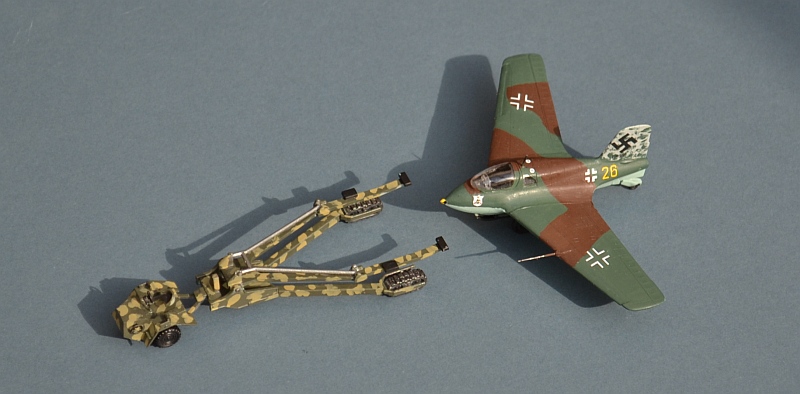

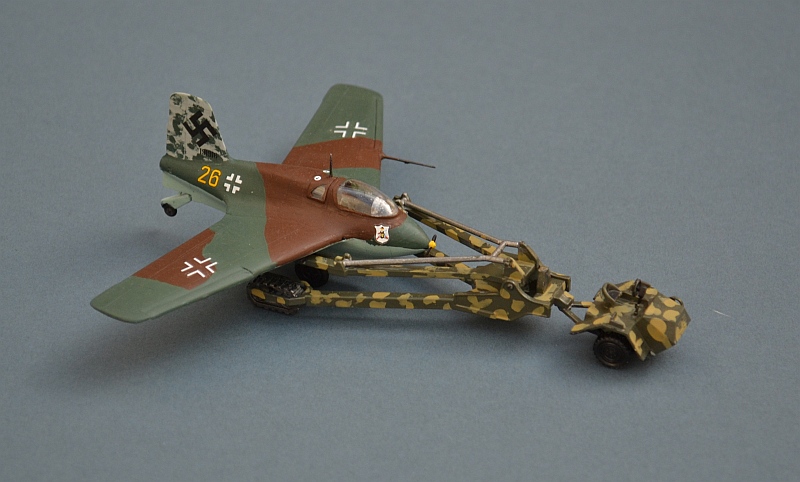
3 Sqn RAF -
FROG 1/72
This FROG kit belongs to a past era, with heavily raised panel lines and a general lack of detail. That said, it can still provide fun in building, and a s a British made kit from an era closer to WW2 than to today, it seemed a fitting way to end the European part of my WW2 70th Anniversaries project. .
This one suffered a major disaster just after I started, when I spilt a full bottle of Plastic Weld solvent over my desk, most of which landed on the fuselage of this kit. Apart from a slight distortion on the tail, I don’t think the damage is particularly obvious.. Fit on the kit is generally OK (or was before the spillage).
The Tempest was a development of the Typhoon, overcoming many of the technical and
operational issues that plagued its predecessor, and introducing a new laminar flow
wing similar to that fitted on the P-
Tempests participated in D-
This model represents the mount of top scoring French Ace, Pierre Closterman, who
flew with the RAF from 1942 until the end of the war. Officially credited with 33
air to air victories, he was also able to claim 225 motor vehicles , 72 locomotives
and 5 tanks destroyed, plus two E-
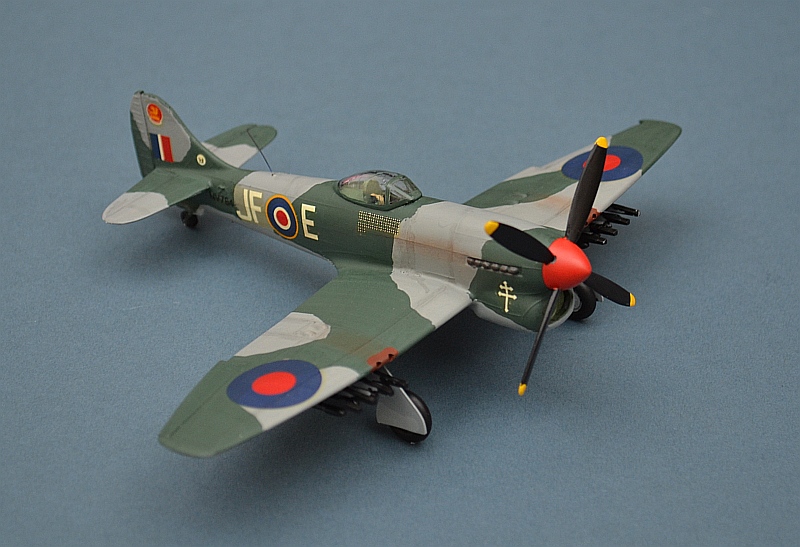
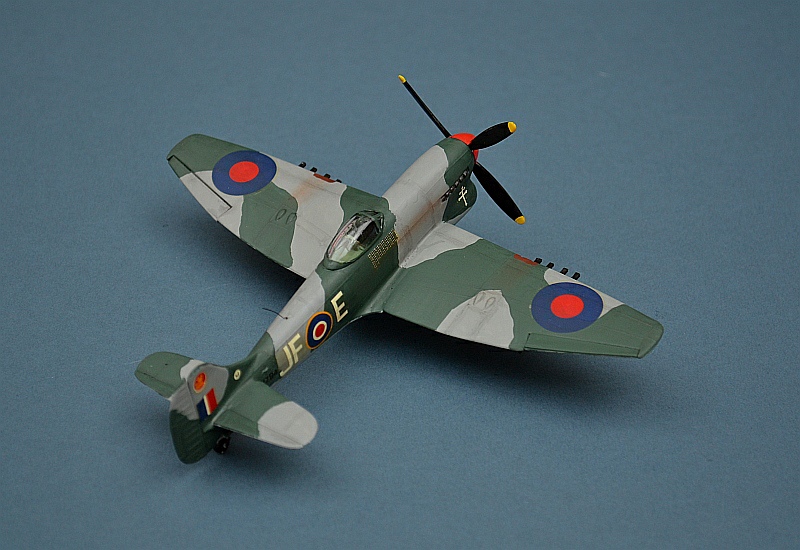
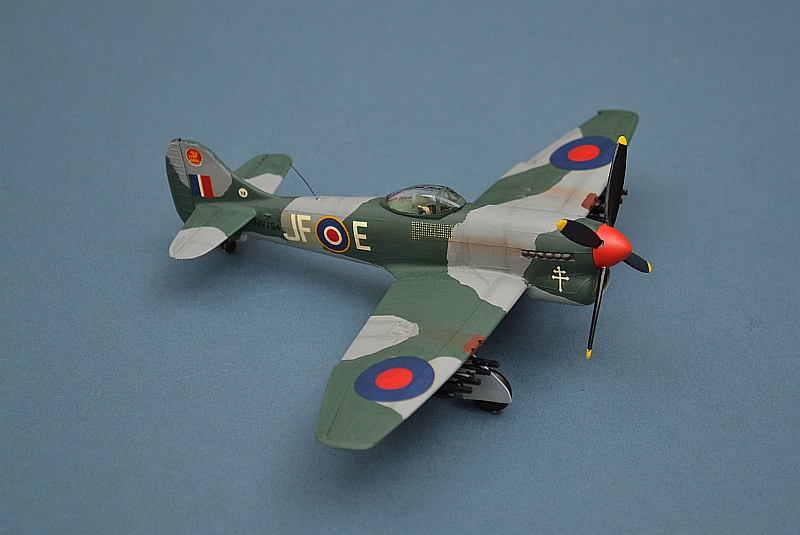
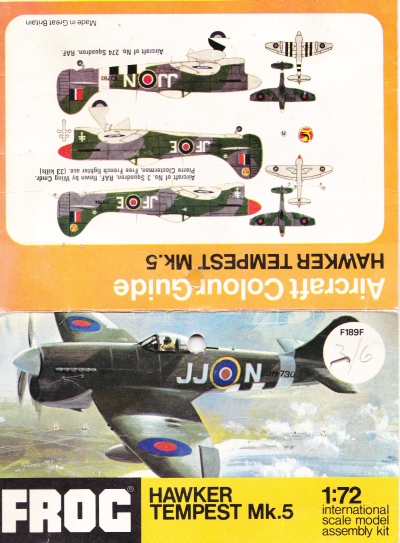
Have a look at my Adversaries pages for more German WW2 Aircraft models
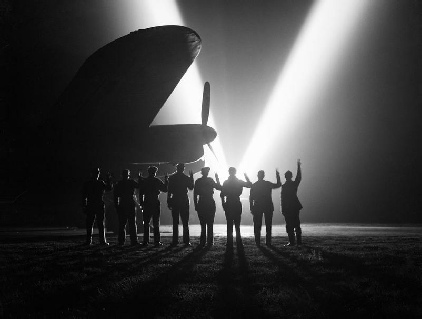
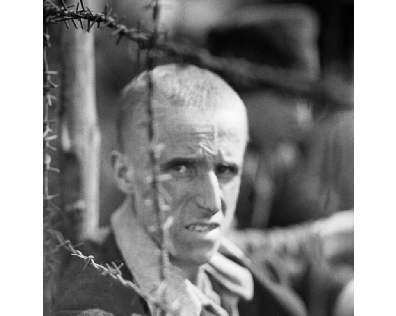
Two contrasting images of VE Day; war weary RAF aircrew give the V for Victory sign in the shadows of twin searchlights, whilst the haunting expression on the face of a concentration camp victim reflects the unimaginable horrors of Naziism © IWM (CH 15165) and © IWM (BU 4069)
